By German Tirado, August 6, 2025
Introduction

Many marketing leaders assume that taking a bold stance, whether on social issues, political causes, or disruptive innovation, inevitably sparks widespread brand rejection and hurts market penetration. They fear that any provocative campaign risks alienating customers, damaging brand awareness, and undermining overall marketing strategy. Yet, extensive empirical research across both consumer and B2B categories shows the opposite: active brand refusal almost never exceeds 10%, and it’s driven almost entirely by practical barriers, distribution gaps, pricing issues, product–market misfit, or service shortfalls, rather than controversial messaging [1].
Understanding this reality is vital for any growth-oriented marketer. Instead of diverting resources into defensive PR or diluting your bold positioning, focus on enhancing mental availability, the ease with which your brand springs to mind at key Category Entry Points, and physical availability, the ease with which buyers can actually find and purchase your product or service across channels, price tiers, and pack sizes. By linking your brand consistently to a wide set of buyer cues and eliminating operational frictions, you not only safeguard against the small pockets of rejection but unlock substantial gains in brand penetration, distinctive asset salience, and market share growth.
In this article, we’ll delve into the data behind sub-10% rejection rates, unpack the real, practical reasons buyers refuse brands, and provide a step-by-step framework, grounded in category entry points, mental availability, and physical availability, for turning potential rejection into opportunity, all while preserving the power of a strong, distinctive brand stance [1].
Table of Contents
Introduction
Understanding Brand Rejection: The Empirical Baseline
Why Practical Barriers Outweigh Bold Messaging
The Awareness Gap vs. Rejection Gap
Strengthening Mental Availability
Enhancing Physical Availability
Measuring & Monitoring Rejection vs. Awareness
Action Plan: From Insight to Execution
Conclusion
FAQs
Works Cited
Understanding Brand Rejection: The Empirical Baseline

Across 535 consumer brands in 24 categories, the median rejection rate, the share of buyers who say “I would refuse to buy this brand”, is just 9%, and one-third of brands are rejected by 5% or fewer buyers [1]. Even polarizing disruptor brands like Airbnb and Spotify register rejection rates of only 4%, while charities such as the Red Cross average 3% [1].
In B2B contexts, the numbers mirror consumer markets: among 609 UK business-banking decision-makers, just 11% would refuse a given bank, and among 616 US business-insurance buyers, 7% would refuse any insurer [1]. These single-digit refusal rates hold true regardless of industry, geography, or brand boldness [1].
Key Takeaway: Active refusal of brands remains below 10%, even for outspoken marketing or mission-driven brands [1].
Why Practical Barriers Outweigh Bold Messaging

When marketers ask rejectors “Why would you refuse Brand X?”, the top reasons are always rooted in practical frictions, not ideological objections:
Company Characteristics: Perceptions of size (“too small”), origin (“not local enough”), or history (“recent scandal”)
Service/Gaps: Limited distribution, lack of local branches, outdated technology
Trust & Ethics: Concerns over data privacy, corporate governance, or past compliance issues
Price Issues: Perceived unfair pricing, hidden fees, or lack of tiered options
Product/Service Fit: Misalignment with buyer needs or technical requirements
Across all studied categories, “controversial marketing stance” never emerges as a cited reason—practical hurdles consistently dominate [1].
The Awareness Gap vs. Rejection Gap

A deeper look at prompted awareness versus rejection reveals that lack of awareness is often 2–3× more prevalent than active refusal. Many potential buyers don’t even know a brand well enough to form a negative opinion [1].
Large B2B Suppliers: Even market leaders see 20–30% of their target buyers unaware of them, compared to under 10% rejection.
Smaller Brands: Often suffer 40–50% unawareness, five times higher than their <10% rejection rate.
Implication for Growth: If more prospects are unaware than hostile, your priority must be awareness-building, not “damage control” over bold messaging [1].
Strengthening Mental Availability

Mental availability refers to a brand’s propensity to be noticed or called to mind in buying situations. To enhance it:
Expand Category Entry Points (CEPs): Link your brand to a broad set of buyer cues, When (e.g., replacing old equipment), Where (e.g., at a trade show), With/For Whom (e.g., team managers), How Feeling (e.g., under budget pressure), and Why (e.g., cost savings) [1].
Broad-Reach Advertising: Allocate at least 70% of media spend to mass-reach channels (TV, programmatic display, radio) to reinforce memory structures across the purchase journey.
Consistent Distinctive Assets: Use unique logos, colors, taglines, and sonic stings repeatedly, consistency trumps creativity for memory encoding.
By systematically refreshing CEP links and distinctive assets, you ensure buyers encounter your brand mentally before they enter the market.
Enhancing Physical Availability

Physical availability is about making your brand easy to buy when buyers decide to purchase. Key levers include:
Omnichannel Distribution: Ensure presence across online marketplaces, direct websites, wholesalers, and retail partners.
Varied Pack Sizes & Price Tiers: Cater to different budget points and use occasions.
Simplified Purchase Pathways: Reduce checkout steps, offer multiple payment options, and provide clear product specifications.
Local Presence & Partnerships: For B2B, establish local reps or integration partners to overcome “not local enough” perceptions.
Eliminating these practical frictions slashes the small pool of rejectors and boosts penetration at the moment of purchase.
Measuring & Monitoring Rejection vs. Awareness

Regular measurement is critical to allocate resources efficiently:
Quarterly Surveys: Ask two core questions, “Which of these brands have you heard of?” (prompted awareness) and “Which brands would you refuse to buy?” (rejection).
Open-Ended Coding: For any mentions of refusal, code responses into the five practical friction categories to identify root causes.
Dashboard Tracking: Plot awareness and rejection trends alongside penetration, CEP salience, and distinctive asset recognition.
This real-time visibility allows you to pivot investments between awareness-building and friction-reduction optimally.
Action Plan: From Insight to Execution
Benchmark Your Brand
Launch a survey with a representative sample of your category buyers to establish baseline awareness (A), rejection (R), and penetration (P).
Identify Top Frictions
Analyze “why refuse” open-ends to isolate the top 1–2 practical barriers affecting your R.
Allocate Budget by Leverage
If A – R > 10%, prioritize mental availability (mass reach) at 70% of budget; if R > 5%, invest up to 30% in targeted initiatives that resolve practical issues.
Refresh CEP Messaging Quarterly
Rotate one new entry point each quarter and test its impact on aided recall and consideration.
Optimize Purchase Pathways
Audit your checkout, distribution, and pricing to remove the identified service, price, or fit gaps.
Review & Refine
Use dashboard metrics to track changes in A, R, P, and adjust media mix and operational fixes accordingly.
Conclusion
Fear of widespread brand rejection over bold positioning is largely misplaced. Empirical studies consistently show that active refusal rates remain below 10%, even for mission-driven or polarizing brands [1]. When rejection does occur, it stems almost exclusively from practical barriers, distribution gaps, pricing complexity, product–market misfit, or service shortfalls, rather than any controversial marketing stance.
For growth-oriented marketers, the priority must shift away from defensive “damage control” and toward two proven levers of expansion:
Mental Availability
Embed your brand deeply into buyers’ minds by linking it to a broad range of Category Entry Points, When (e.g., budgeting cycles), Where (e.g., trade events), With/For Whom (e.g., procurement teams), How Feeling (e.g., under time pressure), and Why (e.g., cost containment).
Maintain consistent distinctive assets, logos, color palettes, sonic stings—to reinforce brand awareness across all touchpoints.
Allocate at least 70% of your media budget to broad-reach channels (TV, programmatic display, radio) to refresh memory structures at scale.
Physical Availability
Eliminate operational frictions by ensuring omnichannel distribution, varied pack sizes, clear pricing tiers, and simplified checkout processes.
Forge local partnerships or reseller networks in key markets to overcome “not local enough” objections.
Optimize your e-commerce infrastructure, fast load times, multiple payment methods, transparent fees, to streamline the buyer’s journey.
By regularly measuring prompted awareness, penetration, CEP salience, and rejection rates through quarterly surveys, you gain actionable insights into where market penetration is constrained by unawareness versus refusal. Focus remedial efforts on the top 1–2 practical barriers, be it service enhancements, price restructuring, or fit optimization, while continuing to build mental availability.
In doing so, you not only safeguard against the rare pockets of rejection but also propel market share growth by making your brand easy to mind and easy to find precisely when buyers decide to purchase. Embrace bold positioning confidently, real growth comes not from timidity, but from combining distinctive, memorable branding with frictionless availability.
Frequently Asked Questions (FAQs)
Q1: What is the typical rate of active brand rejection?
Most brands see under 10% of buyers actively refuse them, median rejection across 535 consumer and B2B brands hovers around 7–11% [1].
Q2: What practical factors drive brand rejection?
Rejection is almost always due to service gaps, distribution limitations, pricing complexity, product–market misfit, or company characteristics, not controversial messaging [1].
Q3: Does taking a bold marketing stance increase rejection?
No. Data show rejection rates remain in the single digits regardless of how outspoken or mission-driven a brand’s positioning is [1].
Q4: How can I benchmark my brand’s rejection rate?
Field a simple survey asking, “Which brands would you refuse to buy?” alongside a prompted awareness question to compare rejection versus unawareness [1].
Q5: What is “mental availability” and why does it matter?
Mental availability is the ease with which your brand comes to mind at purchase moments; building it through broad-reach advertising and diverse Category Entry Points drives penetration [1].
Q6: What is “physical availability” and how do I optimize it?
Physical availability means making your product or service easy to find and buy, via omnichannel distribution, varied pack sizes, clear pricing tiers, and streamlined checkouts [1].
Q7: Should I focus more on awareness or reducing rejection?
Since lack of awareness typically outpaces active rejection by 2–3×, prioritizing awareness-building (mental availability) usually delivers higher growth ROI than chasing low-level rejection fixes [1].
Works cited
[1] Romaniuk, Jenni. Brand Rejection in B2B: Incidence, Reasons and Implications. The B2B Institute/Ehrenberg-Bass Institute, May 2021.
Address
Phone: 725-240-6870
Email : [email protected]
Address : 6440 Sky Pointe Dr. #140-341 Las Vegas, NV 89131
Artificial Intelligence
Marketing & Branding
Marketing & Branding
©2025 Max Digital Edge | All Rights Reserved
